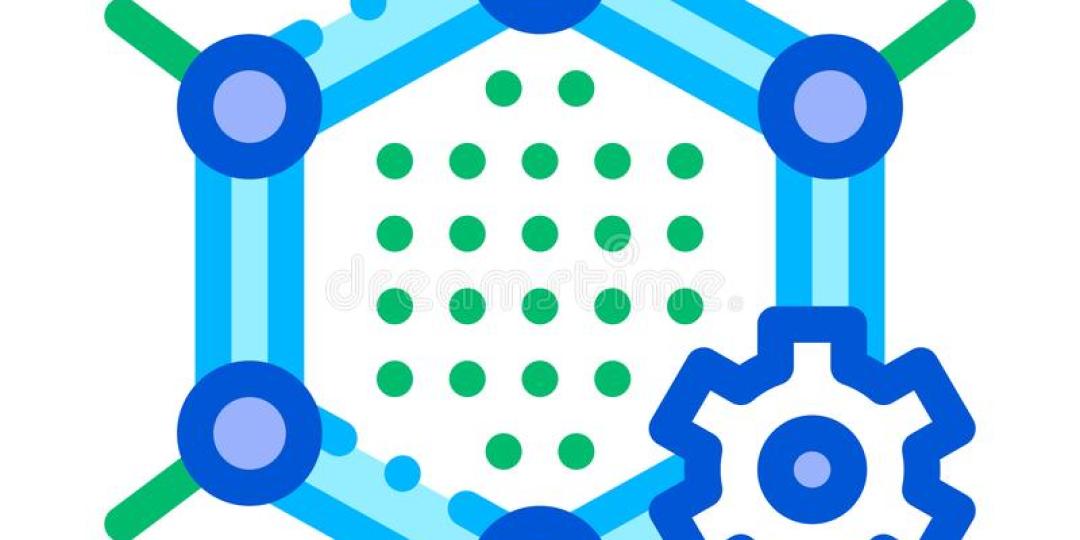The Council for Scientific and Industrial Research (CSIR) has established a graphene programme to help South Africa develop its own capabilities, technologies and products based on graphene.
The platform is set to open the door to a wide range of industries to collaboratively explore and investigate graphene-based technologies. Graphene, a black powder, is highly electrically conducting and if incorporated in composites, can be useful in protecting electronic equipment from static electricity and even an aircraft from lightning. It is also 200 times stronger than steel and if added to plastic it can make the combined material much stronger. Apart from improving the strength of the plastic matrix, graphene can also help to improve resistance to chemical and thermal degradation.
“Our graphene programme aims to make use of the vast nanotechnology capabilities already established to, jointly with industry, develop graphene-based technologies and products. One of the key focus areas of the platform is polymer nanocomposites, in which the Centre for Nanostructured and Advanced Materials has considerable expertise, as well as being equipped for the characterisation of these materials,” says CSIR principal technologist, Dr Mike Masukume.
Unlike graphite, which has been used for centuries and which consists of tightly packed carbon layers, graphene is described as sheets of single carbon layers – a million times thinner than human hair. Interestingly, this material, which was first discovered in 2004, has already proven to be of great value in commercial products and it is estimated that the global graphene market will be worth $2.1 billion by 2025.
“The benefits of adding graphene in an epoxy such as those used in fibre glass components, is that it increases the toughness of that component multiple times. Such developments allow for the construction of revolutionary aircraft and helicopter structures, as well as prosthetic limbs. Graphene is even assisting in the fight against Covid-19, where its anti-viral properties are harnessed in face masks. It has also contributed to major breakthroughs in battery technology and super capacitors, where it enabled faster charge cycles and capacity,” says CSIR principal technologist, Dr Manfred Scriba.
In addition to the focus on the development of local technologies, the CSIR is also establishing collaborations with international leaders to set up routes to the possible licensing or localisation of graphene-based technologies.
Masukume called on the industry to collaborate with the CSIR to investigate graphene-based opportunities. “South Africa cannot fall back to the position of simply importing graphene technologies; the country must develop its own capabilities and to achieve this, we call upon progressive enterprises to explore our graphene programme and work with us in localising graphene-based technologies.”















